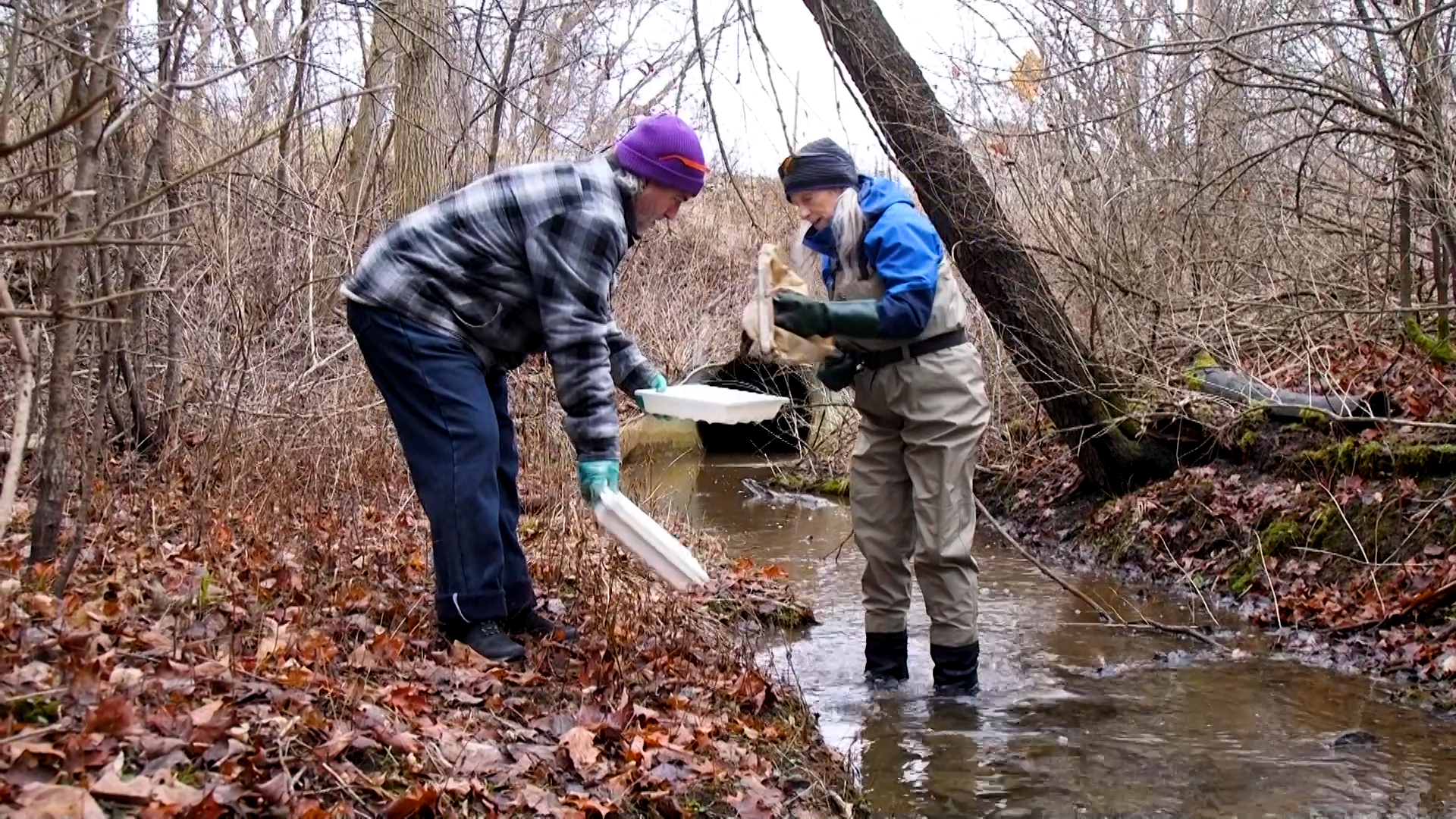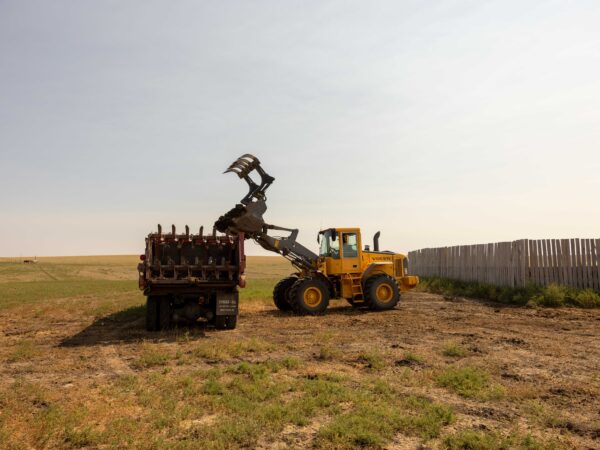
This lesson will explore the phenomenon of light pollution in the Great Lakes and some of the citizen science efforts going on around the region. Students will explore the impact that artificial lights have on night sky visibility for star gazing, learn about how everyday people can contribute to scientific research, and engage in citizen science projects in their community.
- Know about the How Science works model that illustrates the process of science
- Understand the how various types of light bulbs contribute to light pollution and impact astronomy
- Be able to conduct citizen science projects to monitor weather and track bird populations
View the entire lesson plan including teacher background information, worksheets and more below or download for free here.
Activity 1:
This activity is a video discussion of a Great Lakes Now segment featuring light pollution and star watching. During the video they need to jot down four things they took away from the video using the 4 Notes Summary Protocol.
Watch a Great Lakes Now Segment
Activity 2:
Observing the night sky without light pollution can be a wonderful experience that allows us to appreciate the beauty of the universe. But increasing use of artificial light results in the brightening of the night sky and prevents the ability for us to star gaze comfortably. That’s why some organizations are seeking to find the world’s darkest locations for night sky viewing and preserve those spaces from light pollution. They’re called Dark Sky Parks and they are special places, indeed. In this activity, students will use a Think Pair Square Protocol for discussing what they will read about this very topic.
Activity 3:
The purpose of this experiment is for students to model the effects of different types of light bulbs on the night sky to measure the impact of artificial light pollution.
Activity 4:
The purpose of this activity is for students to engage in citizen science to track weather patterns in their local area and compare them to meteorological forecasts.
Activity 5:
The purpose of this activity is for students to engage students in bird watching and citizen science by encouraging them to identify and record the birds they observe in their local environments and communities.
Activity 6:
This activity is a video discussion of a Great Lakes Now segment featuring citizen science projects around the Great Lakes. During the video they need to jot down four things they took away from the video using the 4 Notes Summary Protocol.
Watch a Great Lakes Now Segment
Activity 7:
It’s often the case that when when we think of people doing science, we often envision professionals in long white coats looking through microscopes in a laboratory. But science can be conducted by everyday residents of communities, like us, as well—that’s citizen science. Understanding the role that it plays in scientific research, as well as the similarities and differences between it and professional science is an important part of the fuller picture. That’s why in this activity, students will use a Think Pair Square Protocol for discussing what they will read about this very topic.
Activity 8:
This activity is a video discussion of a Great Lakes Now segment featuring a citizen science effort to monitor an indicator species in southeast Michigan waters. During the video they need to jot down four things they took away from the video using the 4 Notes Summary Protocol.
Watch a Great Lakes Now Segment
Activity 9:
In this activity, students will get to make decisions and select their own citizen science experiments to get involved with all while learning about the scientific process and contributing to the advancement of science in their communities. Teachers can curate certain projects for students to select or leave this more open ended for them.
Choose Your Own Citizen Science Adventure
Learn all about Episode 2303: Fading Stars and River Bugs on this month’s landing page.
If you use this lesson or any of its activities with your learners, we’d love to hear about it! Contact us with any feedback or questions at: GreatLakesNow@DPTV.org




